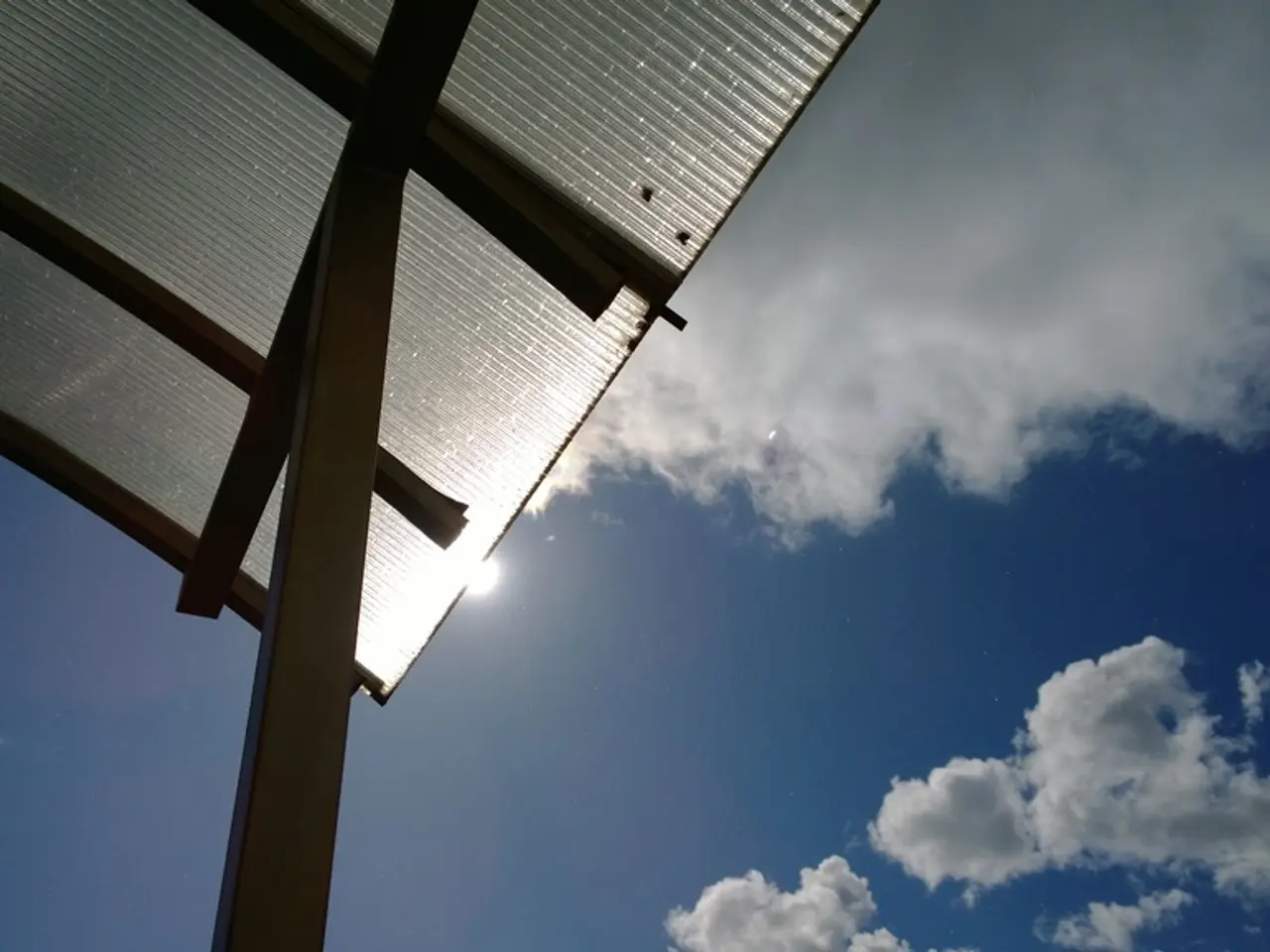Sauna Sessions Play a Role in Controlling Utah's Seasonal Allergies
In the heart of Utah, where the dry air and seasonal pollen can exacerbate allergy symptoms, saunas could provide a natural remedy. These warm, wooden rooms offer more than just relaxation; they may help alleviate congestion and soothe irritated sinuses.
Proper ventilation is crucial in maintaining good air quality, preventing irritants from accumulating within the sauna. The sauna's dry heat, which can clear nasal passages, may be particularly beneficial in Utah's climate. Non-porous surfaces and hypoallergenic woods in a sauna reduce the risk of mold and dust buildup, further contributing to a cleaner, healthier environment.
The warmth of a sauna may relax muscles around the face and neck, potentially reducing tension caused by allergies. More importantly, the heat from sauna sessions may increase blood circulation, potentially helping to reduce inflammation in the nasal tissues.
There is limited but emerging scientific evidence that sauna use, which induces heat exposure and activates heat shock proteins, may help ease symptoms of chronic congestion and inflammation often linked to allergies. Specifically, sauna heat can trigger heat shock proteins that support reducing inflammation in the sinuses, making breathing easier and improving sleep quality. However, this effect is more documented in chronic congestion rather than specifically proven for seasonal allergies, and robust clinical trials are still lacking.
Aromatherapy can be another natural adjunct. Essential oils like eucalyptus or peppermint, when inhaled during sauna sessions, might enhance relief from allergies. However, it's essential to ensure proper ventilation to maintain good air quality.
Recommended sauna practices during allergy season in Utah or similar dry, high-altitude climates include limiting sessions to moderate durations (e.g., 10–15 minutes) to avoid dehydration, which can worsen allergy symptoms. Staying well-hydrated before and after sauna use is also crucial. Regular sauna heat (traditional or infrared) promotes mucous membrane hydration and supports nasal clearance. Consistent sauna use (multiple times per week) may potentially gain benefits in sinus relief.
It is important to note that while sauna therapy appears promising for easing congestion-related symptoms, high-quality scientific evidence specifically supporting sauna use for treating seasonal allergy symptoms remains limited and not yet definitive. Personal experience and caution are advised, and sauna use should complement, not replace, allergies medical management.
In Utah’s dry climate, maintaining hydration and avoiding overexposure to heat is especially important. If allergy symptoms worsen or include difficulty breathing, consulting a healthcare professional is necessary.
In summary, saunas may help reduce sinus inflammation via heat shock proteins and offer symptomatic relief for allergy-associated congestion, but more rigorous research is needed. Aromatherapy can be another natural adjunct. Recommended sauna practice during Utah allergy season involves moderate, consistent use with hydration and possible essential oil inhalation for best effect based on current understanding. Combining sauna sessions with professional care may ensure safe and effective allergy management.
- In the realm of environmental science, sauna heat is proposed to trigger heat shock proteins that could potentially aid in reducing inflammation, a common symptom in health-and-wellness issues like allergies.
- To enhance the potential benefits of saunas for easing allergy symptoms in dry climates like Utah, nutritional practices, such as staying well-hydrated before and after sessions, are recommended.
- Fitness-and-exercise regimens in the form of regular sauna use, along with aromatherapies like eucalyptus or peppermint, may offer opportunities for improving health-and-wellness, while also contributing to environmental-science practices by promoting a cleaner, healthier environment.




